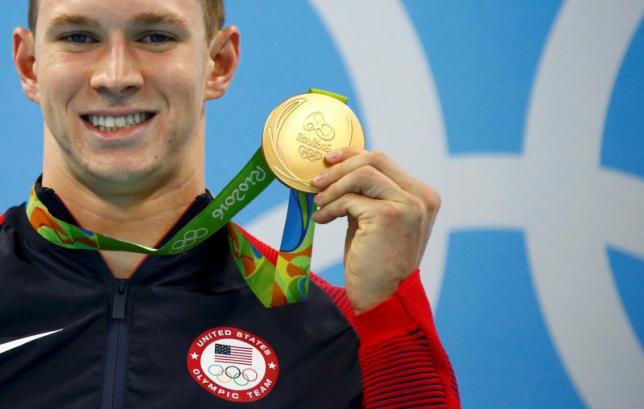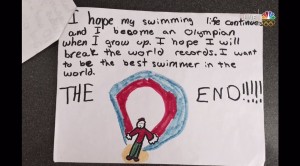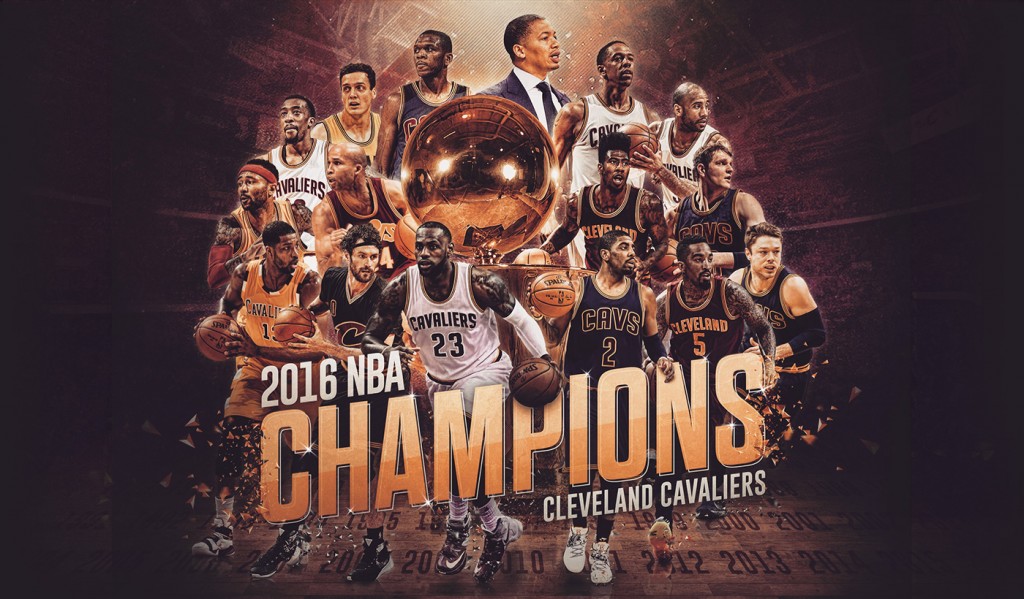
U.S. Gymnast Simone Biles proudly dons a gold medal. Photo: nanonews.org
With the 2016 Rio Summer Olympics at an end, the young athletes who competed this year remind us all that Millennials are hard working, determined, and anything but complacent.
As a Baby Boomer myself, I have facilitated cross-generational communication seminars. Invariably, someone (older) in the audience will say something like this about the youngest generation: “They don’t even know what hard work is. They have had everything handed to them on a platter. They are the generation of entitlement.” It’s time to set the record straight: Millennials have a lot to offer the world.
This year, I watched in awe at the physical grace and endurance of the young athletes. They came to Rio to win. And many of them did.
Gymnast Simone Biles, 19. What a powerhouse! At just 4’9″ tall, her body was built for gymnastics. She brought home four gold medals, including Women’s Individual All-Around Gymnast, and one bronze medal. Many in the media claim she is the best American gymnast…ever!

Katie Ledecky
Photo: cnbc.com
Katie Ledecky, 19, dominated the female swimming competition, bringing home a gold medal in the women’s 200 meter, 400 meter, and 800 meter freestyle races, as well as the American team’s 4 x 200 meter freestyle relay. Add to that the silver medal for the women’s 4 x 100 meter freestyle relay.
Ryan Murphy, 21. First time to the Olympics, he brought home three gold medals in men’s swimming, the men’s 100 meter and men’s 200 meter backstroke, and the men’s 4 x 100 meter medley relay.
The U.S. Women’s Gymnastics Team Captain Ali Raisman, 22, earned a team gold and individual silver medal.
In an interview, target shooter Virginia Thrasher, 19, who won the gold medal for the 10 meter air rifle shooting competition, casually mentioned that she wasn’t able to stick around Rio because she was starting her sophomore year of college in a few days.
One of my favorites…Gwen Jorgenson, 30, won one of the most grueling competitions in the Olympics, the women’s triathlon. No small feat. I so admire any athlete who can swim, then bike, then run. And then win.
Michael Phelps, 31, the most seasoned American athlete competing in the Rio Olympics, secured 2 individual gold medals, 3 relay medals, and 1 silver individual medal. He remains the most decorated Olympic athlete of all time, with 28 medals total, 23 of which are gold. He is truly a force of nature.
Multiple gold medalists include swimmers Simone Manuel, 20, Madeline Dirado, 23, Lilly King, 19, Nathan Adrian, and Caleb Dressel, 20, runner Allyson Felix, 30, as well as first-time gold medalist shot putter Michelle Carter, 30. The list goes on.
I know what you’re thinking. “Of course most of the people who compete in the Olympics are young athletes.” I get that.
What struck me about this year’s Olympics was the high level of professionalism of the Millennial athletes (minus one). They showed the world that Millennials have the drive and determination to succeed.
Olympic athlete or not, Millennials offer tremendous value to society and the workplace. Their energy, talent, tenacity, and creative thinking have earned them a place at the table. Let’s invite more of them there, and more often.












